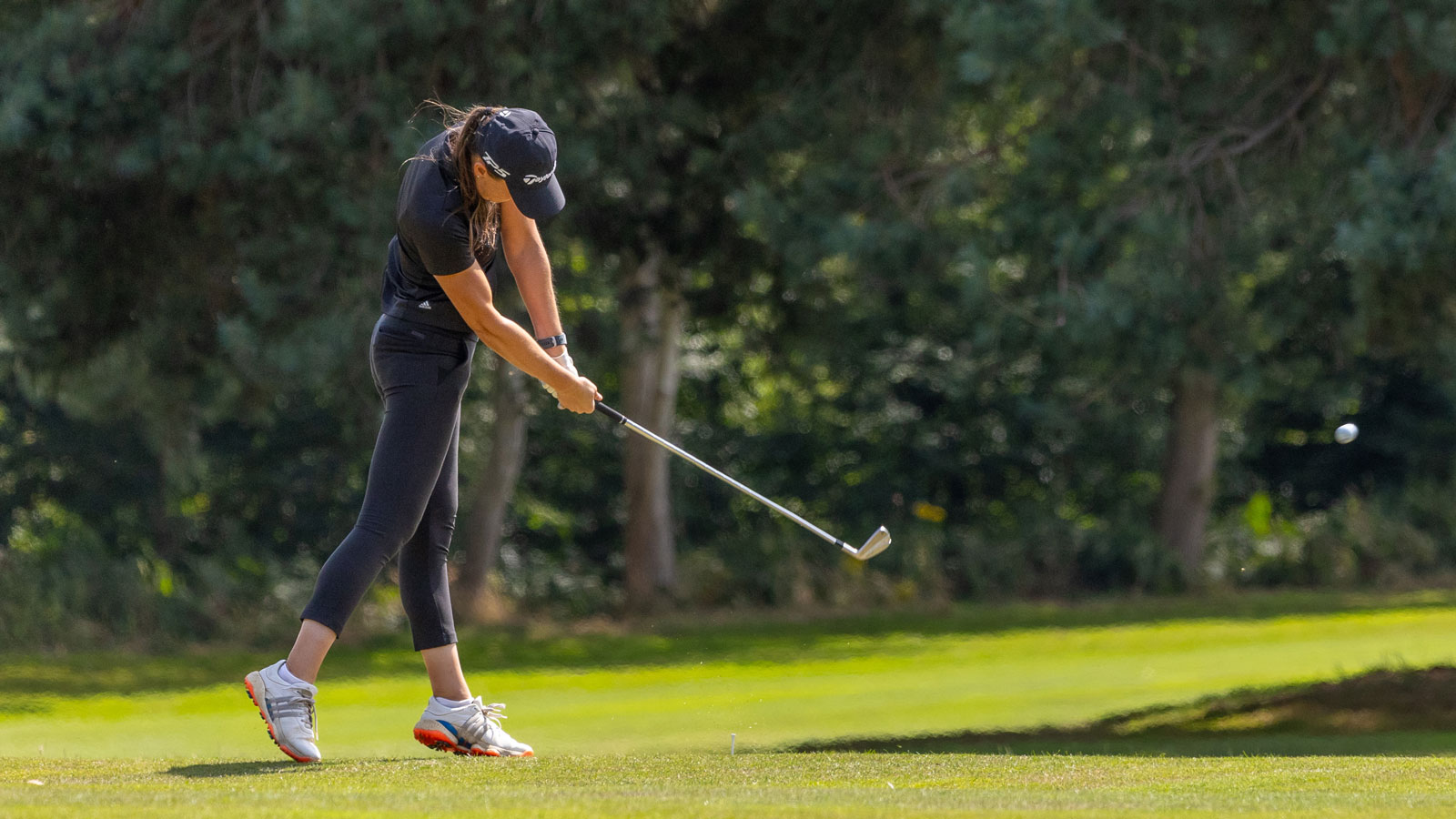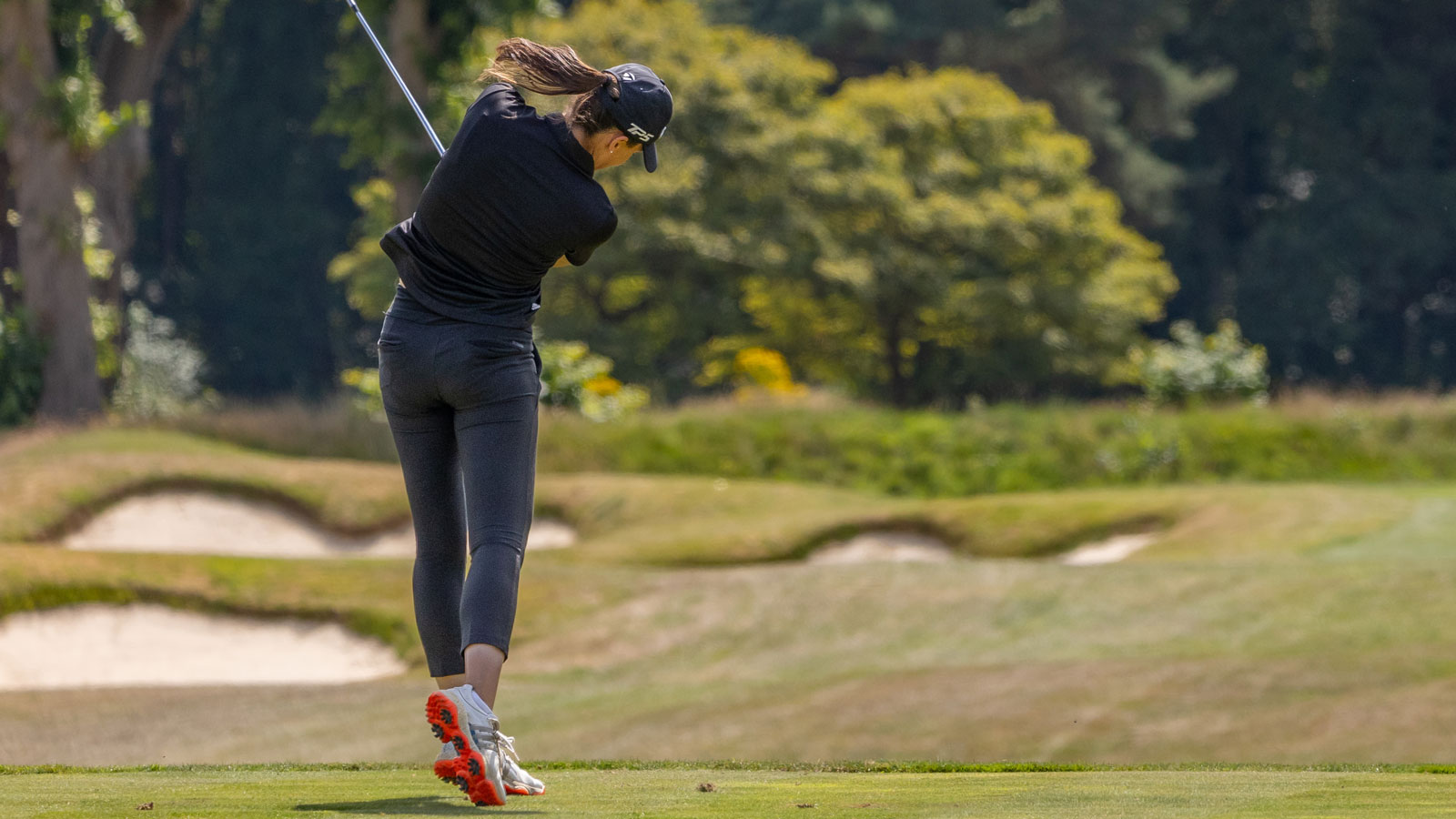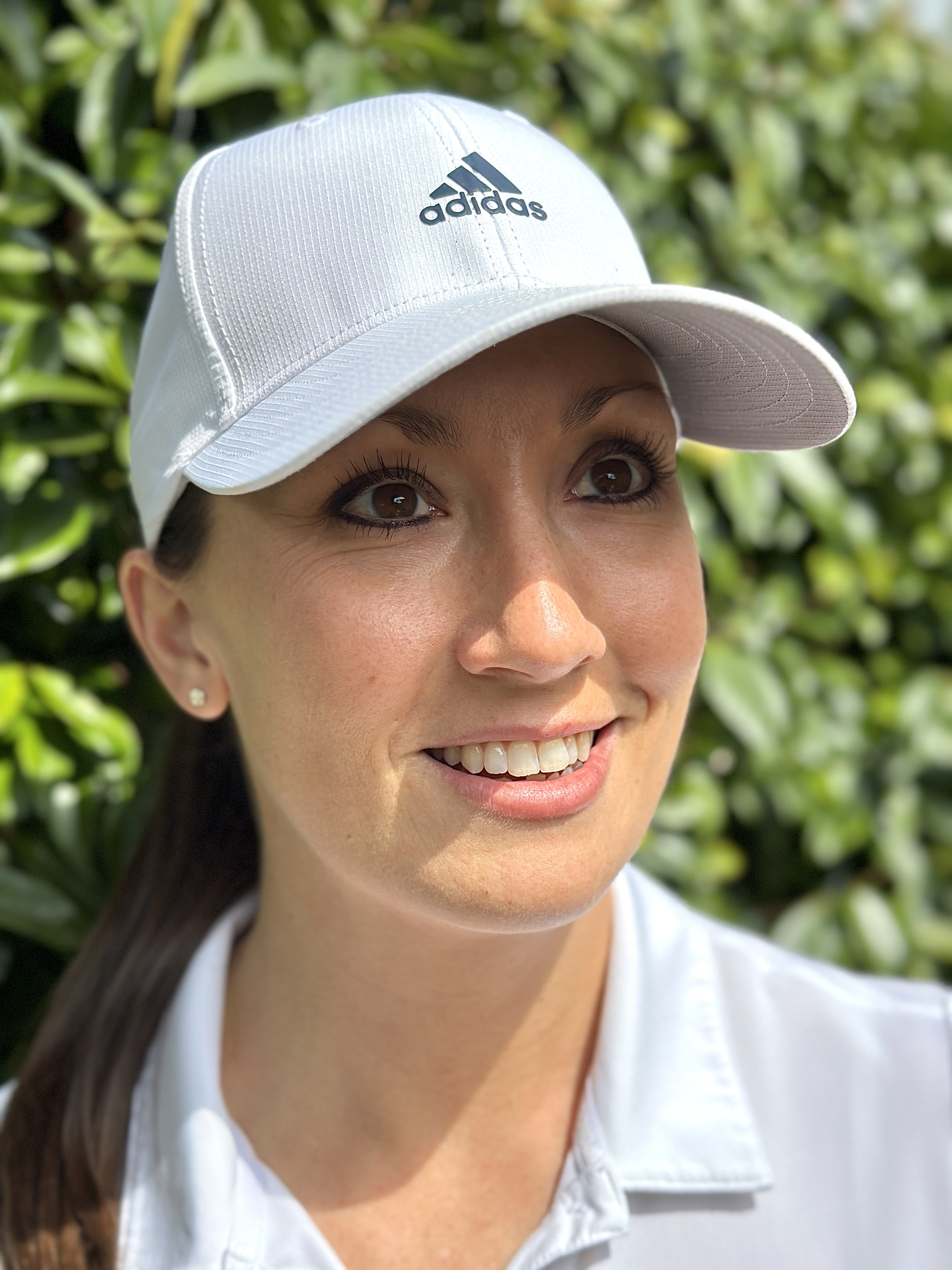'I Cut My Handicap From 34 To 9 In A Year'
Here are Jess Ratcliffe's 10 tips for breaking the plateau and taking your game to the next level


My golf improvement quest started because I have a life-threatening blood condition called Paroxysmal Nocturnal Hemoglobinuria or PNH for short. One in a million people have it (I know, what are the chances?) and it meant that during lockdown I was in the group who had to shield.
I’ve never been the type of person who has hobbies. Having started my first business when I was 19, then working in startups and embarking on my second business in my late twenties, my work-life balance has always been a little light on the life side.
That’s why I took up golf – to challenge myself and bring more balance into my life…even if that hobby quickly turned into an all-consuming passion. I fell in love and the bug bit me hard.
As I’ve progressed on my journey, golf has forced me to face my limits. My confidence, resilience and drive have been tested. There have been moments and months when I’ve felt so stuck that I’ve wondered if I’ll ever break through, or if this is it, the best I’ll ever be. But then something clicks, and the walls that felt too high to climb suddenly feel like a distant memory.
So whether you’re stuck on the cusp of breaking 100, 90 or 80, I hope these tips that have helped me, help you too.
1. Track Your Stats To See Where You're Leaking Shots
When you’ve had a bad round, it’s easy to write the whole thing off, but the most helpful thing to do is dig into the data. Keeping a tally of my putts alone helped me to see that when I didn’t score well, I typically had too many three putts in play. Knowing this, I could focus my practice there.
Subscribe to the Golf Monthly newsletter to stay up to date with all the latest tour news, equipment news, reviews, head-to-heads and buyer’s guides from our team of experienced experts.
2. Look For The Low Hanging Fruit In Your Game
What’s the one area of your game that, if it were to improve, would have the biggest impact on your score? I ask myself this question after every round. Tracking your stats will help with this, or you might immediately know – maybe it was your greenside bunker play or chip and runs going too long. Take that one area and work on it.

3. Practice Like The Golfer You Want To Be, Not The Golfer You Are
When you think about the golfer you want to be, how would that golfer play? Use that image to inspire your practice. For example, if I aspire to be a scratch golfer, I imagine they’ll be really good at getting up and down or saving themselves from sticky situations, so I’ll practise that.
4. Fill Your Confidence Gaps, Especially Around The Green
What are the spots you find yourself in that leave you thinking “I have no idea how to play this?” It’s easy to avoid practising those knee-knocker shots because we get drawn to the driving range or practising what we know. Instead, ask yourself where your confidence cracks on the course and focus your practice on filling those gaps.
5. Purposefully Put Yourself And Your Game Under Pressure
One of the biggest breakthroughs for me came when I entered the Surrey County Championships. I was out of my comfort zone and one of the highest handicaps in the field…off 8 at the time. If I’m honest, I didn’t feel ready to enter but I did it to see what happens when I put myself and my game under the pressure to perform.
6. Find A Coach Who Works With Your Potential
When I got down to single figures, I had an over-the-top, out-to-in swing. That’s why when I found my coach, Jason Banting, we used the winter to rebuild. It would have been easy to make little tweaks, but we knew my old swing would never see me to my potential. And although it was hard work, I now have a strong foundation to build on.

7. Think Of Swing Changes Like A Slingshot
When you’re making swing changes, it can feel like you’ve taken 10 steps back. It’s so frustrating and at times you’ll want to give up and slip back to your old ways. But I wouldn’t have progressed through my plateau if I didn’t commit to making those changes. So, when it feels like you’ve taken a step back, remember the slingshot – you’ve got to go back to fly forward.
8. Go Out On The Course Solo To Experiment
One thing I love to do is go out on the course on my own. I might play a few holes or even a full round. It’s the best time to try out different shots, so when you have a card in your hand you’ve had a chance to answer those, “I wonder if…” questions.
9. Focus On The Process, Rather Than The Outcome
My worst rounds have come when I’ve been trying too hard to shoot or save a certain score (outcome). And my best rounds have come when I’ve focused on executing my swing feel over every shot (process). There’s so much we can’t control on the golf course, all we can do is focus on what we can.
10. Never Give Up After A Bad Hole
I’ve written off rounds after a blow up hole. Deflated, I’ll give up, thinking, “I’ll never get this back now” and surprise, surprise, I won’t. On the other hand, I’ve had rounds where instead of letting those not-great holes derail me, I’ve used them to drive me on.
I was recently level par after five holes..until a provisional later, I found myself with a triple bogey. But instead of kicking myself about it, I focused on the next hole and then the next, until the round was over. That round became my first ever in the 70s – shooting 77 with a triple and two double bogeys on the card. I’ll never write off a round after a 'bad' hole again.
After cutting her handicap from 34 to 9 in a year, Jess Ratcliffe is documenting how she’s working on her game to get really good at golf on her YouTube channel and Instagram.
